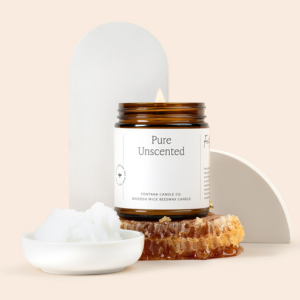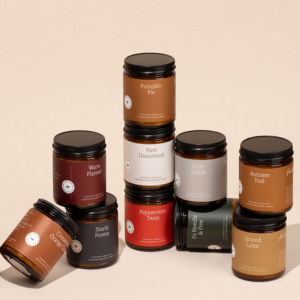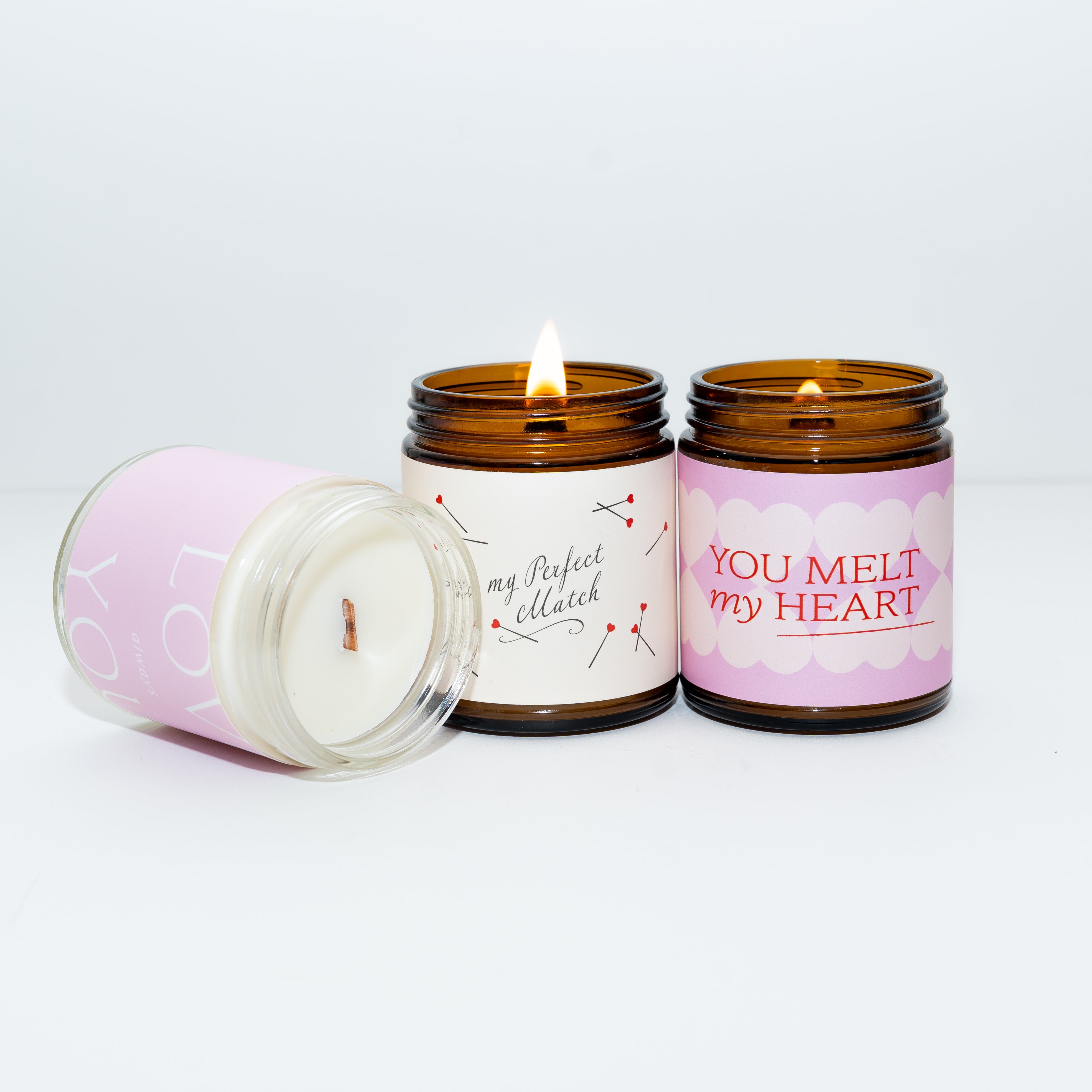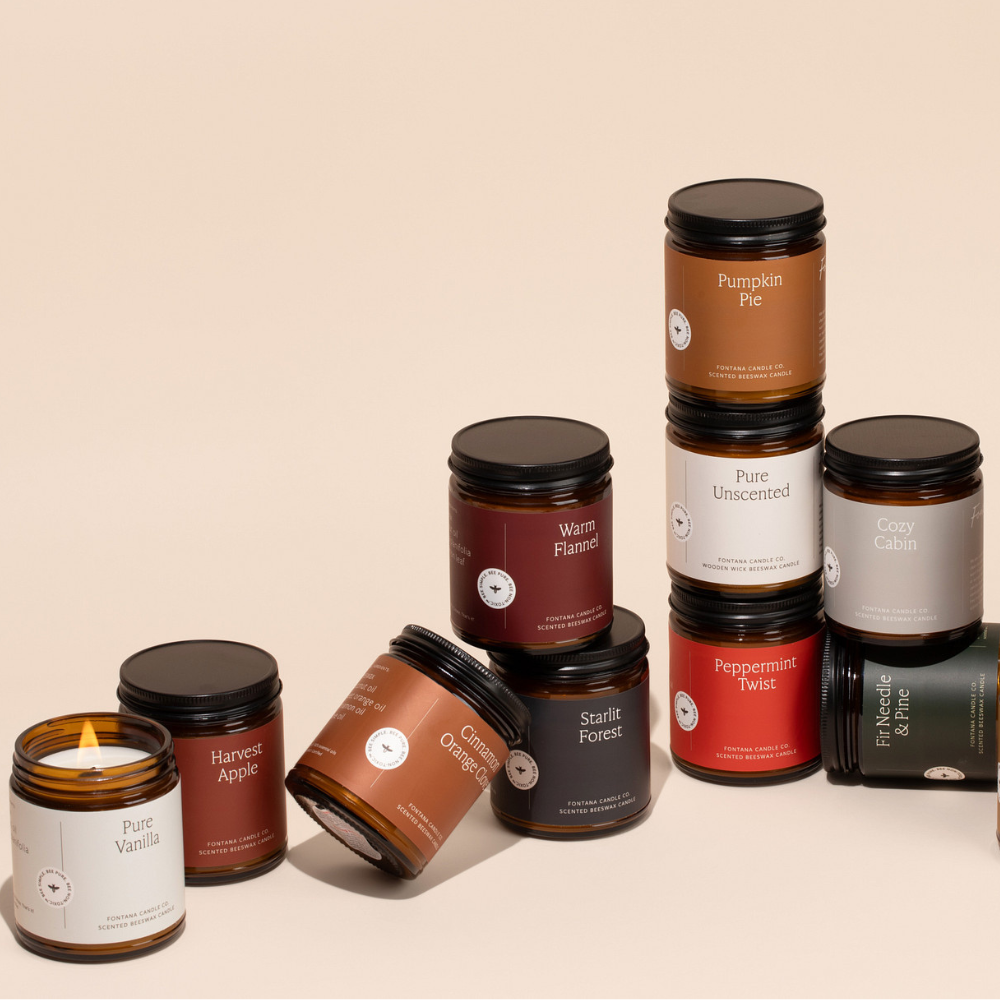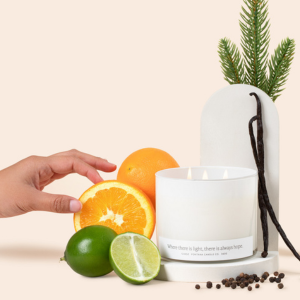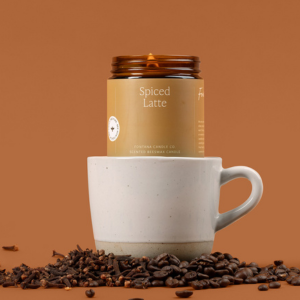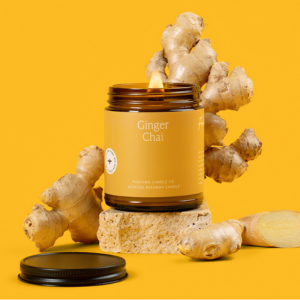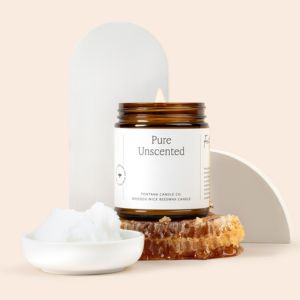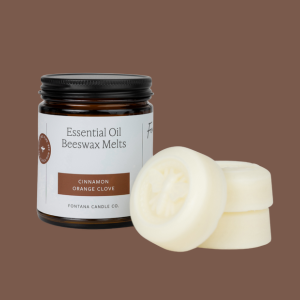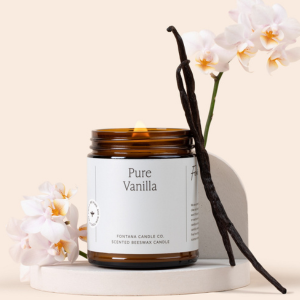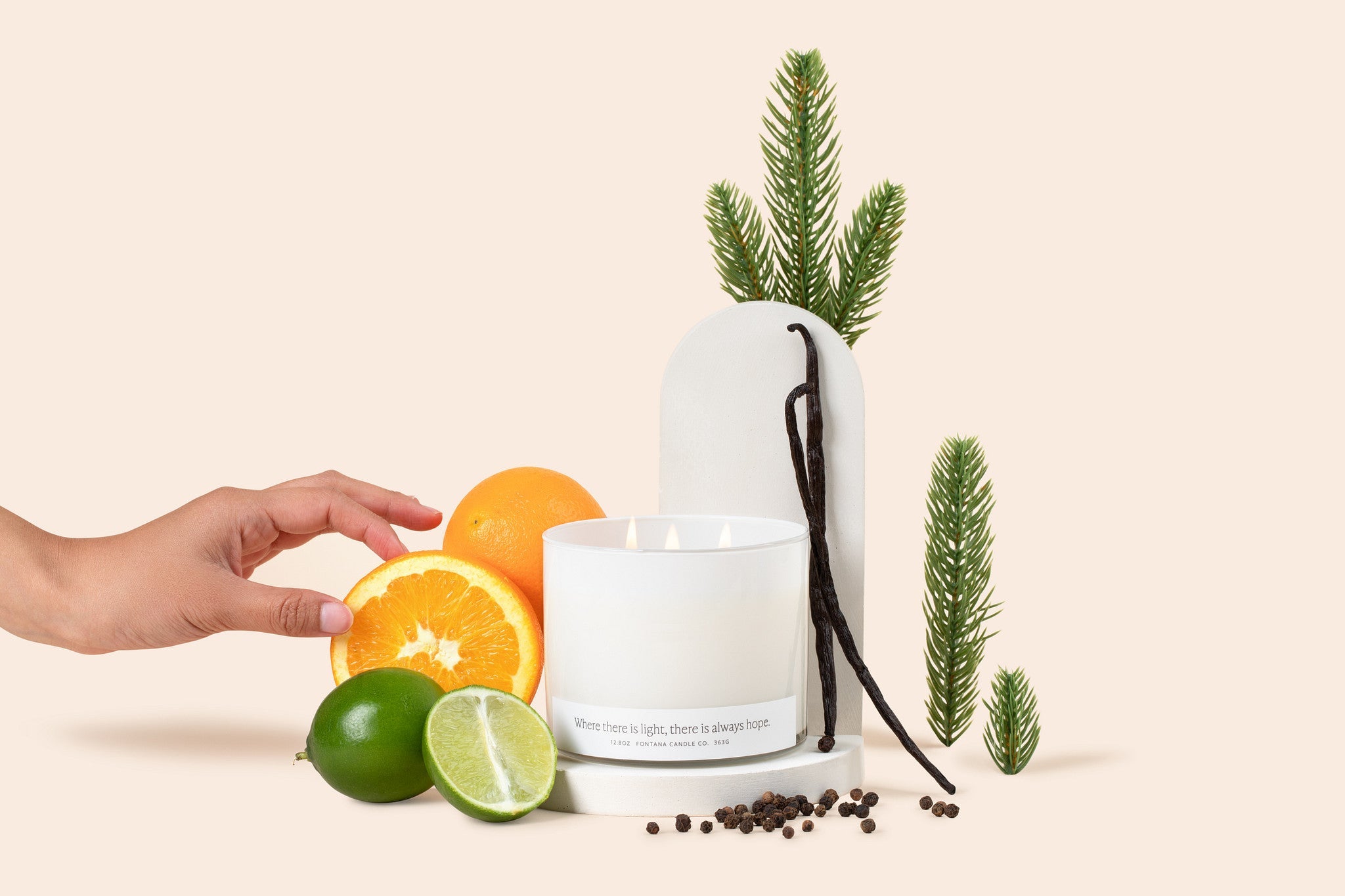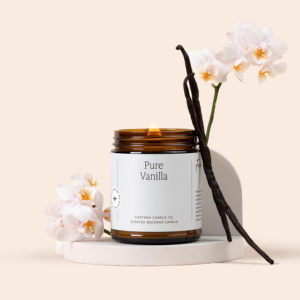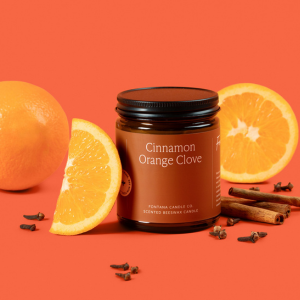Improving Your Home’s Indoor Air Quality

We all understand the dangers of outdoor air pollution. When outdoor air quality is poor, many of us, particularly those who are most at risk, remain indoors, believing the air we breathe inside our homes is safe. But is indoor air really safer than what’s outside? Can indoor air be as much of a threat to your health as outdoor air? You may be surprised, and perhaps frightened, to learn that the EPA has named indoor air quality (IAQ) as one of the top health threats to American families.
Indoor air pollution can come from many sources, and can cause a range of harmful health effects. Learn more about indoor air pollution and how to improve the air quality of your home.
What Is Indoor Air Pollution?
Indoor air pollution consists of harmful dust, dirt, chemicals, and gases suspended in the air that’s inside of buildings. This can include your home, your office, or any other workplace. There are many sources of indoor air pollution, including:
- Carbon Monoxide (CO)
- Asbestos
- Lead (Pb)
- Radon (Rn)
- Volatile Organic Compounds (VOCs) from household chemicals
- Indoor Particulate Matter like dust, soot, and mites
Some of these pollutants are more common than others, particularly in older homes or large urban buildings, like apartment complexes.
The EPA estimates that indoor air may be 2 to 5 times more polluted than outdoor air on average. Even more alarming, this number can be much higher. If you've just finished using conventional cleaning products, please brace yourself: your air could now be 1000 times more contaminated!
Fortunately, take comfort knowing that there are steps you can take to control the levels of air pollution in the places you spend the most time, like your home or office.
How To Improve Indoor Air Quality

Air Out Your Home Daily
Opening your windows even for only 5 minutes can work to reduce air pollutants in your home or office. It is recommended to air out your space at least 15 minutes daily, to allow fresh air in.

Keep Your Shoes Outside
A study by the University of Arizona analyzed the bacteria present on the inside and outside of people’s shoes and found that shoes really are dirtier than toilet seats! Charles Gerba, the microbiologist conducting the study, was even surprised with the results: an average of 421,000 units of bacteria on the outside of the shoe and 2,887 on the inside! 4 Even more alarming, 96% of the shoes contained fecal bacteria, E.coli.
Other bacteria included:
- Klebsiella pneumonia, a common cause of wound and bloodstream infections and pneumonia.
- Serratia ficaria, which can cause respiratory tract and wound infections.
Other studies have found that other contaminants such as pesticides, herbicides, and metals can be tracked into the home on shoes, and remain in the carpet even after vacuuming.
Use High Quality Air Filters and Change Them Frequently
Dust, which can be made up of lots of dead human skin cells and other organic matter, is a common source of indoor air pollution inside of homes and offices. Changing your air filters in your HVAC system frequently (every 1-3 months), and using high quality filters, will help to cut down on the dust in your air system, and your space.

Regularly Check for Water Leaks to Catch a Mold Problem
Mold can be a huge contributor to hazardous indoor air conditions. We believe in the importance of checking for leaks regularly to catch a mold problem before it starts. Warm, damp conditions are ideal for mold to grow and spread.
Check underneath each sink, around each tub and shower, and in both the basement and attic several times a year. Be sure to keep an eye out for active leaks and signs of moisture problems such as bubbling drywall or high humidity.
Consider Plants that Cleanse the Air
If you are a plant lover, you’re in luck! Several plants are known to help cleanse the air: english ivy, bamboo palm, Gerbera daisy, peace lily, and rubber tree among others. Adding these plants to your home or office can help remove VOCs from the air!

Consider an Air Purifier for Peace of Mind
AirDoctor's Auto-Mode uses a professional-grade air quality sensor to assess the air quality in the room and immediately adjust to the correct level of filtration. From the indicator light, at a quick glance, we can always tell the air quality in the room, which helps give us complete peace of mind.
To learn more about the AirDoctor, and to shop with Fontana’s discount, please click here.
*Transparent talk! Since we love AirDoctor so much, we do have an affiliate relationship. If you make a purchase through the above link, we may earn a small affiliate commission. There is no additional cost to you.

Remove Toxic Products
One of the first steps to reduce indoor air pollution is removing toxic sources. Many seemingly safe household products can release harmful VOCs. Some products, like certain wood stains and varnishes, can potentially off gas dangerous compounds for months or years. Products you should remove from your home include:
- Traditional cleaning products
- Fragrance oil based air sprays and plug-ins
- Chemical based candles
- And other chemical based products
Branch Basics, one of our favorite non toxic cleaning brands, calls this step “Tossing the Toxins”.
A California based study, published September 2017 found that fragrance chemicals were the official culprit in a number of work-related reports of asthma:
According to the study, almost 25% of cases of fragrance-associated asthma in the workplace occurred in workers who had no previous history of asthma, but developed it as a result of exposure to scented products on the job. These cases of fragrance induced asthma most often occurred in offices, and health and education positions. Women were impacted more often than men.
Related: Want to learn more about the harmful effects of chemicals in fragrances? Check out our blog post The Problem with Fragrance Oils.

Choose Non-Toxic Products with Ingredient Transparency & Third Party Certification
Once you toss all your toxic cleaning supplies, laundry detergent, and other fragranced products, you will need to replace them with non toxic products.
Whether shopping for candles, food, or household items, bypass the slogans and “green washing” marketing tactics on labels. Instead, carefully read the product packaging, especially the ingredients list. Look for companies that disclose all ingredients, and even better, look for third party certified products. Seals to look for include: EWG Verified, MADE SAFE®, and certified organic.
If you’re shopping to safely scent your home, Fontana candles and essential oils are made from non-toxic ingredients that are MADE SAFE® certified. Shop now to find the perfect scent!

